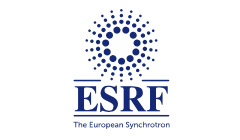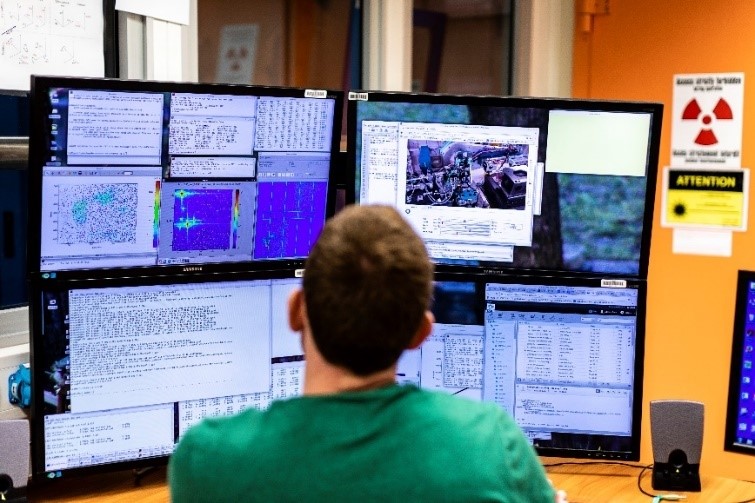European Synchrotron Radiation Facility (ESRF) – France
Services
Below we report the main techniques available at the ESRF for material and device characterisation.
Powder diffraction makes it possible to analyse the structures of materials under a wide range of conditions, e.g. while heating or cooling, or under different atmospheric conditions. The positions, intensities and shapes of the peaks in the powder diffraction pattern reveal information about the microscopic structure and strain state of a sample, and can also be used to identify which substances are present in a (possibly complex) mixture. Such information is crucial for understanding the properties and behaviour of materials.
Surface diffraction is a technique dedicated to surfaces and interfaces structural characterizations. It can be used for performing static surface crystallography studies or for studying processes at surfaces in real time. Even if several other techniques allow a structural determination of surfaces, X-ray diffraction offers unique possibilities. Surface X-ray diffraction is not limited to free surfaces under UHV conditions but it can be applied with success to study solid interfaces. Solid/liquid interfaces and high-pressure gas/solid interfaces are well adapted to the technique. This is of particular importance in the case of heterogeneous catalytic reaction where the role of the catalyser can be studied under real working conditions. In addition to crystallographic studies, surface diffraction is also suited to dynamical studies such as epitaxial growth, ion patterning, surface kinetics and phase transitions.
X-ray nano and microtomography extends the capacities of X-ray imaging to produce pictures of ultra-high resolution and contrast. Using synchrotron radiation enabled phase-contrast imaging, scientists can produce 2D and 3D representations with micrometre resolution. Often, samples can be studied where classical techniques do not provide any useful image at all. The ESRF provides a sample environment, with temperature ranges from -60° to 1600°C, as well as tension, compression and fatigue stress devices.
X-ray fluorescence microscopy and nano-spectroscopy use very fine high-quality beams, focused on extremely small areas within heterogeneous materials. For example, trace elements within hard or soft substances can be identified. This enables new investigations, of major interest in the biological and material sciences, with very little preparation needed for the materials being used.
Small- and wide-angle X-ray scattering (SAXS and WAXS) use the high brilliance to study condensed matter samples in liquid or solid form. It offers sub-micrometre spatial resolution and deep penetration into materials, such as colloids, polymers, surfactant membranes and proteins, even when these are opaque or turbid. SAXS and WAXS can be combined with other techniques, such as rheology and light scattering, to provide better understanding of sample behaviour on short time scales (sub-milliseconds).
X-ray absorption spectroscopy provides information on the atomic organisation and chemical bonding around an absorbing atom in whatever medium it is embedded, i.e. solids and liquids. There are essentially two types of absorption spectroscopy: X-ray Absorption Fine Structure (EXAFS) and X-ray Absorption Near Edge Structure (XANES). Both techniques are element-selective, which means that scientists and researchers can study and characterise elements in their “working state” within compounds.



